20 Practical Tips for Safe Gas Welding and Cutting Operations On Ships
On a cargo vessel, a fire occurred in the mast house where oxygen and acetylene cylinders were stored. The crew had arranged two gas torches in tandem for carrying out hot work on the windlass drum.
Both the torches were connected in parallel from the same pair of gas cylinders by temporarily fitting “standard” t-joints at the regulator valves.
At some time during the hot work, it was decided to use one gas torch to carry out brazing repair work on the other torch while it was connected to the pressurized gas hoses.
Flashback from the torch being heated travelled through the hoses up to the mast house, rupturing the hoses at the regulator valve connections and causing a fire inside.
Fortunately, the backfire arrestors on the regulators prevented a major explosion of the cylinders.
Such hazardous accidents can take place on any kind of ship if proper precautions are not taken while handling gas welding/cutting onboard ships.
Compressed gas cylinders are used in the ship’s engine room and deck for a variety of repair and manufacturing operations. The two most used types of gas cylinders for this purpose are oxygen and acetylene.
When performing gas welding or cutting operation, the following practical tips must be considered for the safety and efficiency of operations and to avoid accidents while carrying out deck operations :
1. Secure in Vertical Position
Compressed gas cylinders must be handled with utmost care and always be secured in a vertical position even if they are full or empty. Full and empty cylinders to be segregated and marked clearly.
2. Store in Right Spaces
Never store oxygen and acetylene cylinders together in one space whenever possible. Keep them separately in well-ventilated spaces. Ensure when not in use, their caps should always be on them.
3. Keep Grease and Oil Away
Control valves and fittings should be kept free of oil and grease. Never operate cylinder valves and parts with oily and greasy hands.
4. Ensure Flame Arresters Are Properly Fitted
Ensure non-return valves and flame arresters are fitted in the acetylene and oxygen cylinder lines. One flame arrester is normally fitted in the low-pressure side of the regulator near the cylinder and the other near the torch.
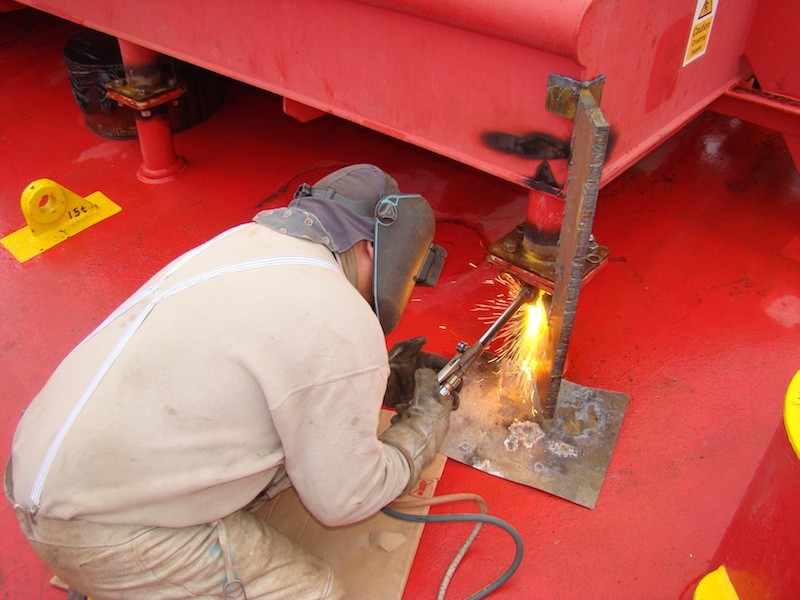
5. Keep Pressure of Oxygen Higher
When performing gas welding, ensure the pressure of oxygen is always higher than the acetylene to avoid acetylene going back to the oxygen line.
6. Handle Acetylene With Care
Acetylene should not be used for welding at a pressure exceeding 1 bar of atmosphere gauge as it is liable to explode, even in the absence of air, when under excessive pressure.
7. Rectify Cause of Backfire
In the case of a backfire, the first priority should be to close the oxygen valve and then immediately close the acetylene valve. No operation is to be performed until the cause of the backfire is rectified.
8. Handle Flashback carefully
In case of flashback or explosion of the gas pipes, the first action must be to isolate the cylinder valves for both cylinders. Further action is to be taken as per the ship’s fire drill procedures.
9. Ensure Proper Connections
The connections between the hose and blowpipe, and between hoses should be securely fixed with fittings to comply with Regulatory Standard.
10. Keep a Steady Watch
A regular watch is to be kept on the temperature of the acetylene cylinder. If the temperature is elevating, it is to be considered the same as a flashback or explosion situation for taking action.
11. Prevent Interchange of Hoses
Manifold hose connections including inlet and outlet connections should be such that the hose cannot be interchanged between fuel gases and oxygen manifolds and headers.
12 Replace Old and Faulty Hoses
Any hose in which a flashback has occurred must be replaced with a new one.
13. Handle Hoses Properly
While performing the job, the hoses should be laid properly and kept out of any moving machinery, sharp corners, high-temperature areas etc. Ensure they are not dangled, knitted or tipped over.
14. Use Only Approved leak detection fluid
Only approved leak detection fluid to be used for detection of a leak from hose or regulator arrangement. If it is not available, non-detergent soap (Ivory) can be used.
15. Never Use Sealing Tape
Never use sealing tape of metal joining material to prevent leak between metal to metal gas-tight joints. With an oxygen cylinder, this could result in the initiation of a metal-oxygen fire.
16. Never Over Tight Connections
Never try to over tighten any nut of regulator connection or cylinder valve spindle to stop the leak. This can lead to damage.
17. Take Proper Steps for Maintenance
Only special tools should be used to clean any clogging in the blowpipe. Before performing any maintenance, complete the system to be isolated. Never attempt repairs on pressurized oxy-acetylene equipment nor carry out any unauthorized modification on hot work equipment.
18. Use Safe Ignitors Only
Blowpipe should only be ignited with friction ignitor or other stable flame generators. Avoid using lighter as sudden flame, else blowpipe can hit the lighter body and explode
19. Never Use Oxygen
Oxygen should never be used for ventilation, cooling purpose or for blowing the dust off the surface of clothes.
20. Discard Hoses That Had Flashback
Any length of hose in which a flashback has occurred should be discarded immediately.
Last but not the least, make sure before carrying out any kind of hot work, the hot work checklist and risk assessment forms have been duly filled. Also, do not forget to follow all safety procedures while carrying out such jobs in enclosed spaces.
High pressurized gas cylinders carrying highly flammable material are a major threat to the ship and its crew. Special care and attention must therefore be taken while handling such equipment, taking into consideration all safety procedures and manufacturers’ notes.
Do you know any other important points that must be added to this list? Let’s know in the comments below.
Do you have info to share with us ? Suggest a correction
Latest Ship Safety Articles You Would Like:

About Author
An ardent sailor and a techie, Anish Wankhede has voyaged on a number of ships as a marine engineer officer. He loves multitasking, networking, and troubleshooting. He is the one behind the unique creativity and aesthetics at Marine Insight.
Subscribe To Our Newsletters
By subscribing, you agree to our Privacy Policy and may receive occasional deal communications; you can unsubscribe anytime.



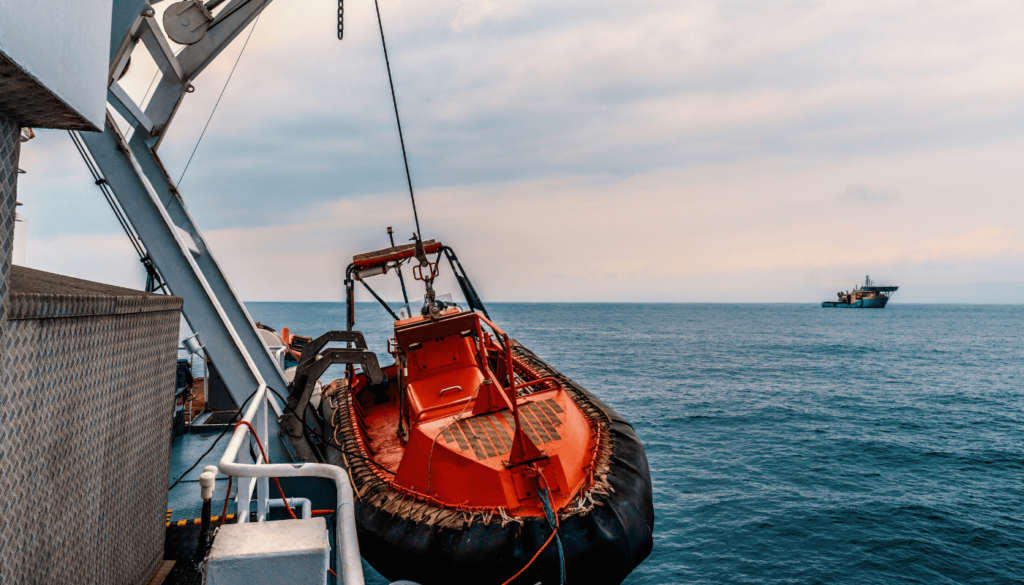
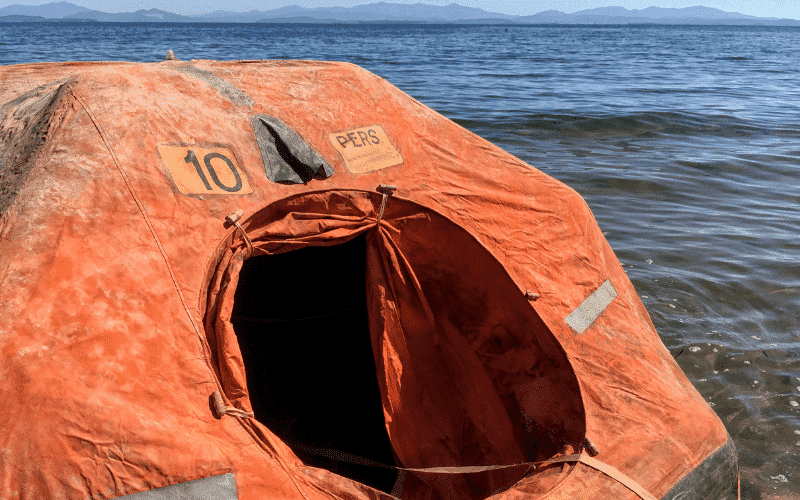
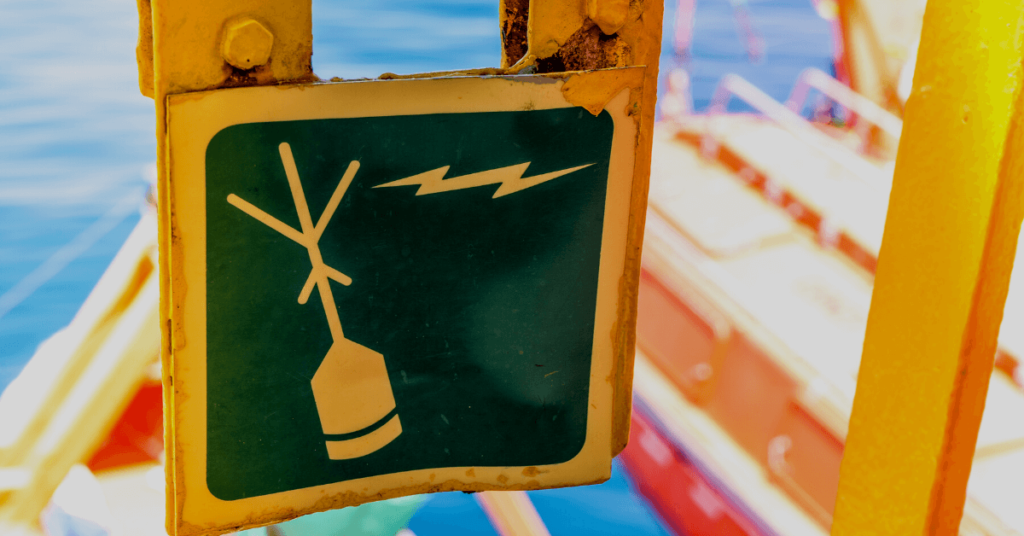
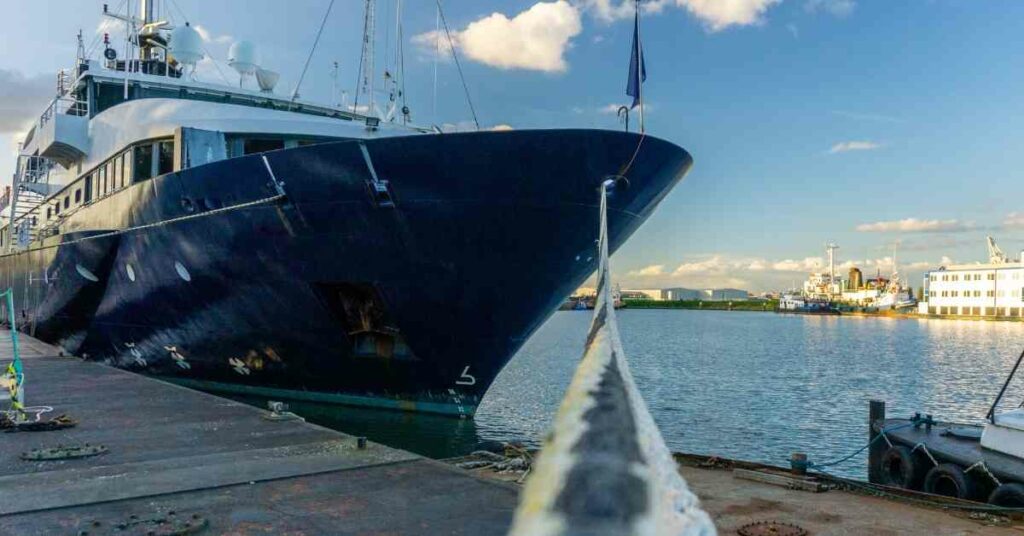
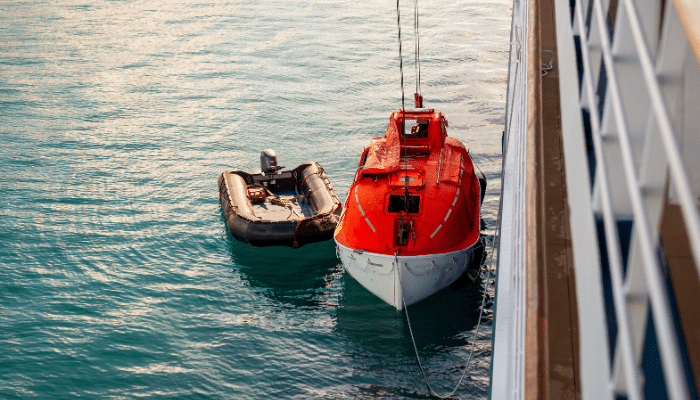
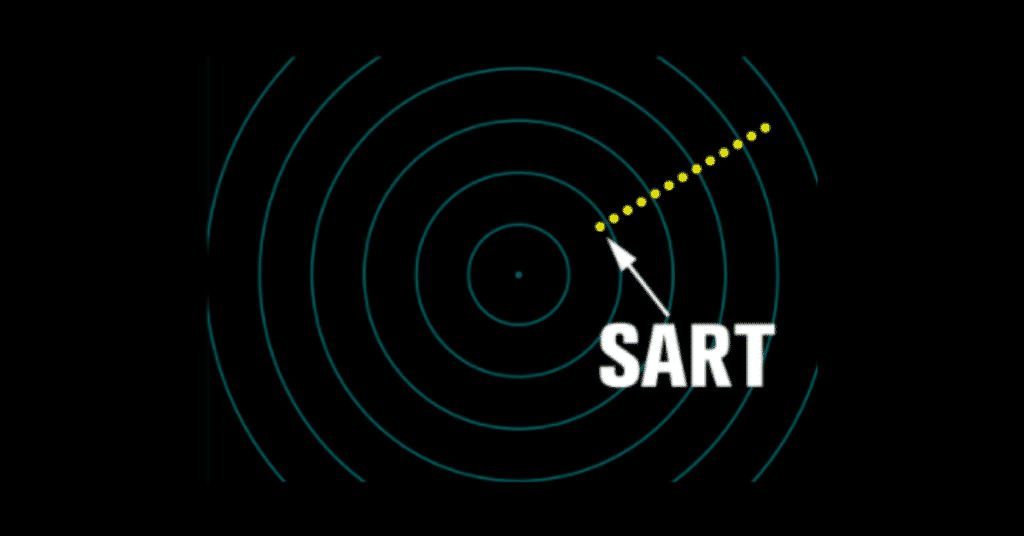

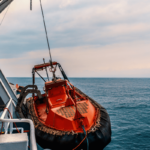
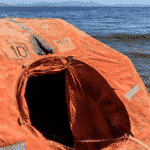
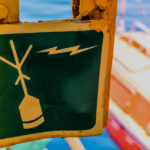

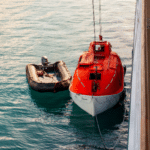
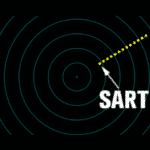
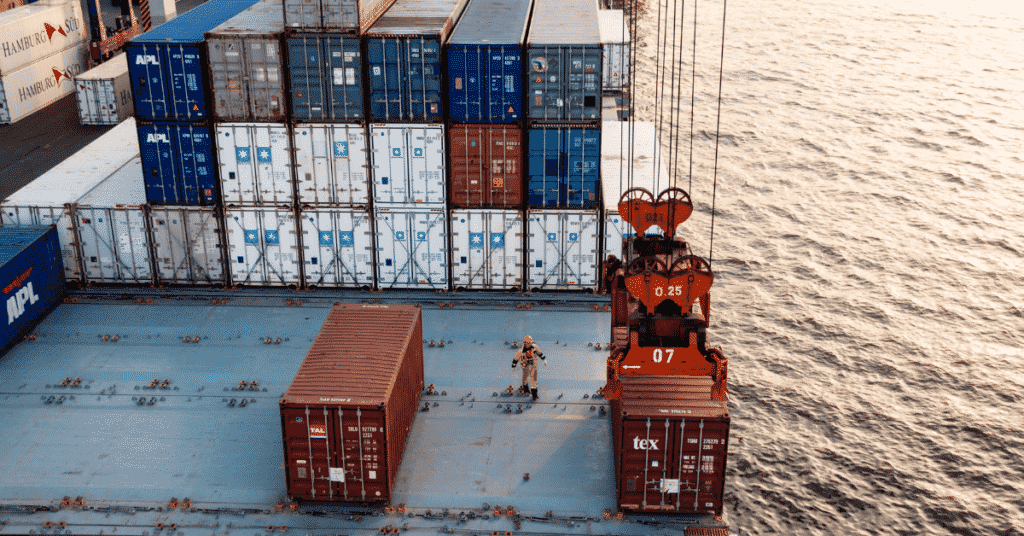
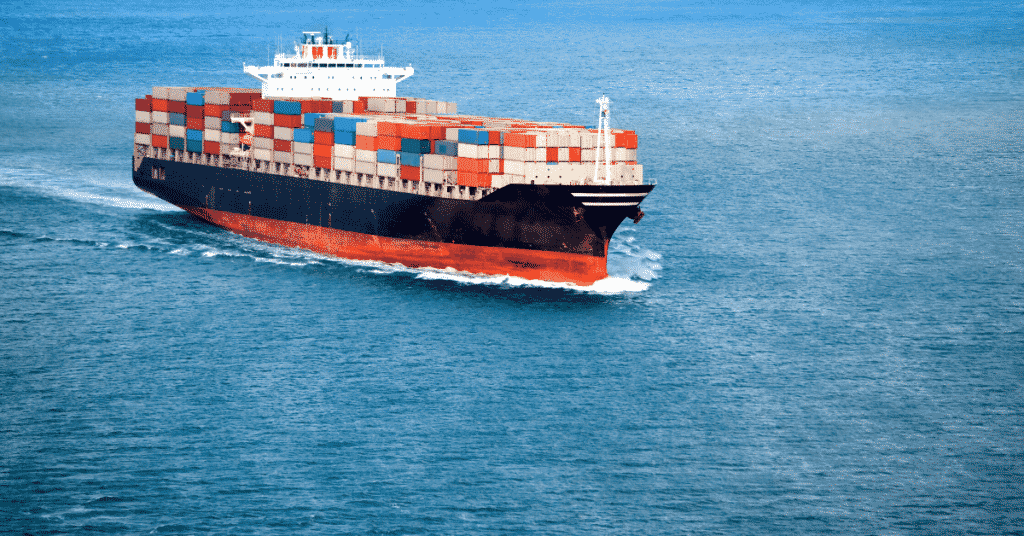
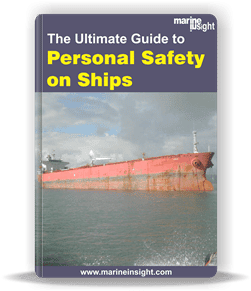

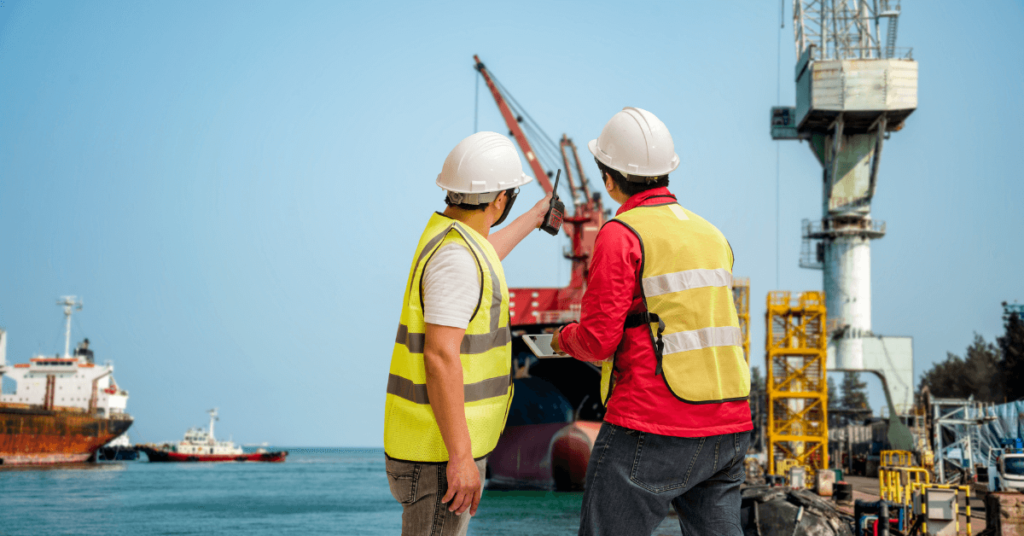
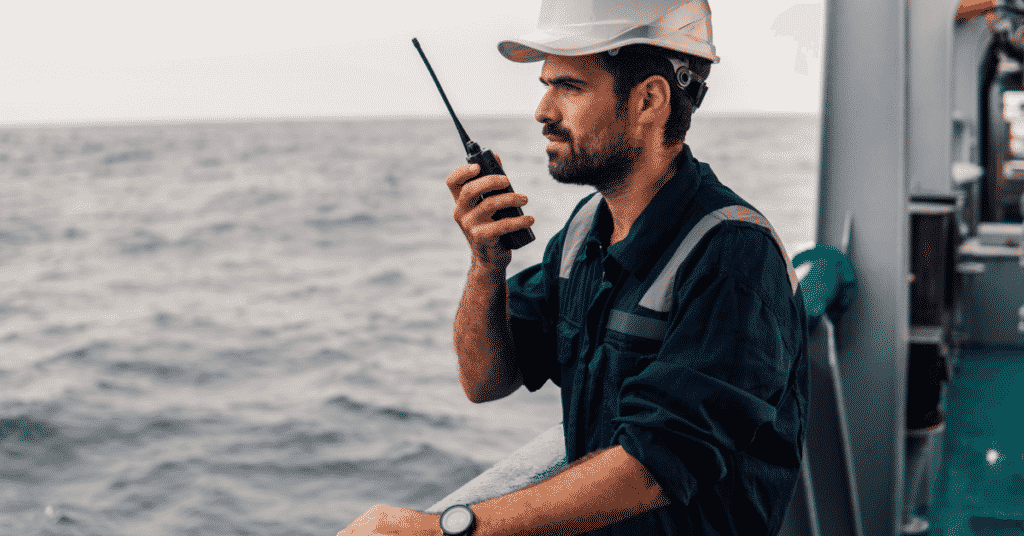
I read your article on gas welding and cutting and was favorably impressed with your obvious concern for safety. The pressures that you set the respective guages to are dictated by the size of the tips that you are using on the torch, and the tip size is dictated by the thickness of the material that you are cutting or welding. The respective pressures of the oxygen and acetylene guages are set according to the respective welding position, type of material you are welding/cutting, diameter of hoses, length of hoses, as well as the particular job conditions peculiar to the job at hand. Victor is a torch manufacturer that you can look up on the internet and they are happy to provide specific information for anyone who might need help.
One other point I would like to point out is that when you turn on the Acetylene, only turn the valve one quarter of a turn, that way if you have to turn it off in a hurry, you only have to make one turn of your wrist. Also, always shut the acetylene off first as it is the source of the open flame. You should always turn the oxygen valve fully open as it is the high pressure gas and sometimes the valve packing when worn will leak. This will not occur if the valve is turned fully open as it seats tightly when fully extended. I hope that this information will be of some help to my fellow weldor/burners in the field.
Stay safe,
Don Lund – Certified Welder for 35 years, now retired.
Thank you so much for sharing these tips. I really appreciate the efforts you made to share this here. I don’t have much knowledge and experience in welding techniques. I am a beginner but very passionate about exploring them in detail. I have completed a short term course on welding from Weldtech Training Inc in Ontario. I am looking forward to join the next phase of my career. But I didn’t get good advices from anyone. Some of my friends advised me to join in small companies as a welding trainee. But I am looking for some good certifications. After that I will consider about getting a job.
Thank you such a lot for sharing the following pointers. I actually appreciate the efforts you created to share this here. I don’t have a lot of information and knowledge in fastening techniques. I a beginner however terribly keen on exploring them thoroughly. I even have completed a brief term course on fastening from Weldtech coaching opposition in Ontario. I’m trying forward to hitch consecutive part of my career. however, I didn’t get sensible advice from anyone. a number of my friends suggested Pine Tree State hitch in little corporations as a fastening initiate. however, I’m longing for some sensible certifications. then I will be able to concern |contemplate|take into account} about obtaining employment.
thanks for the tips
Glad we could be helpful.
Well these types of safety tips are very helpful during welding moreover you can practice lots of things to make command in welding as welding needs time and practice to make it possible you should try to fix little hoses with gas welding or any other type of welding machine.